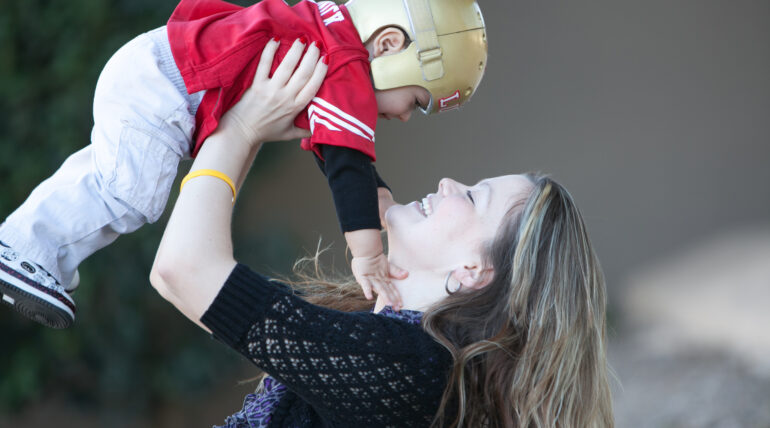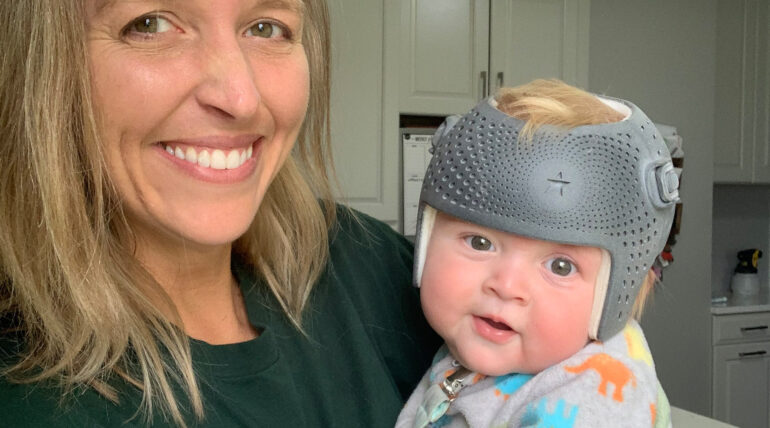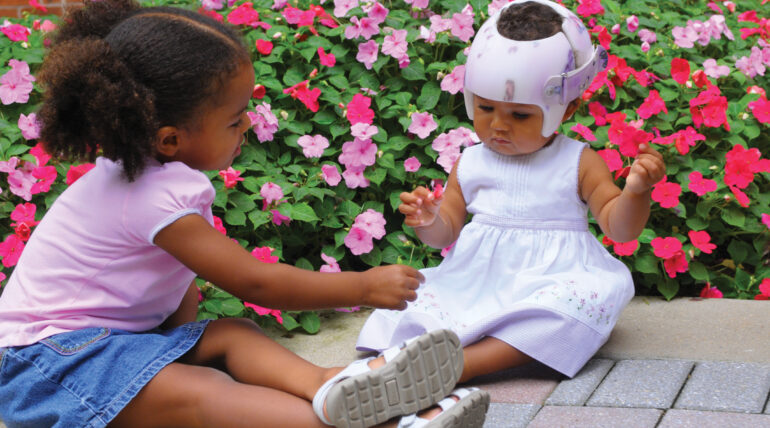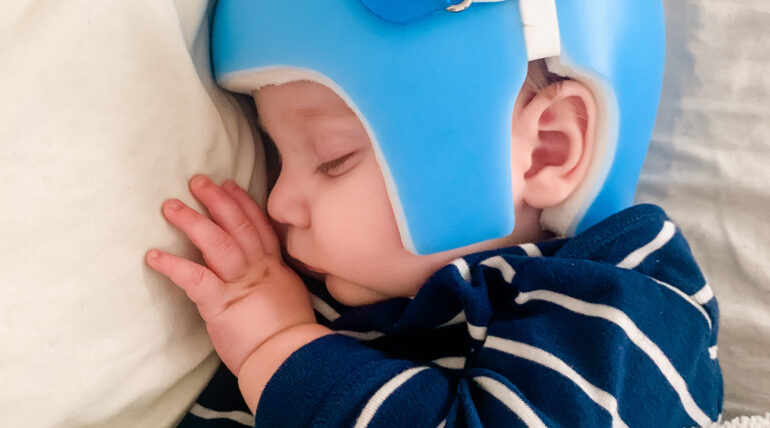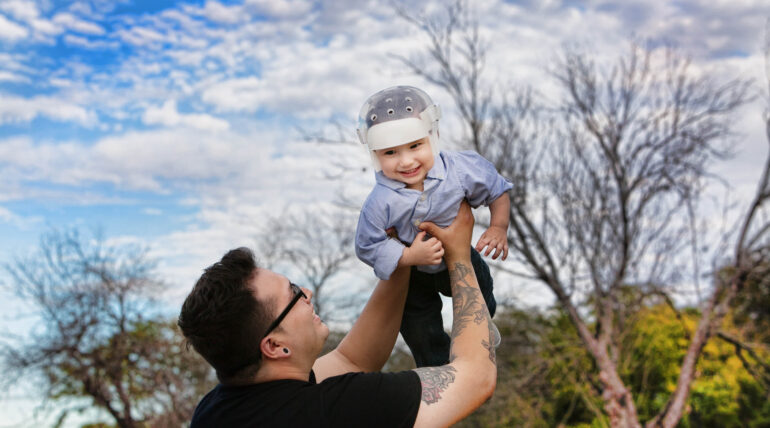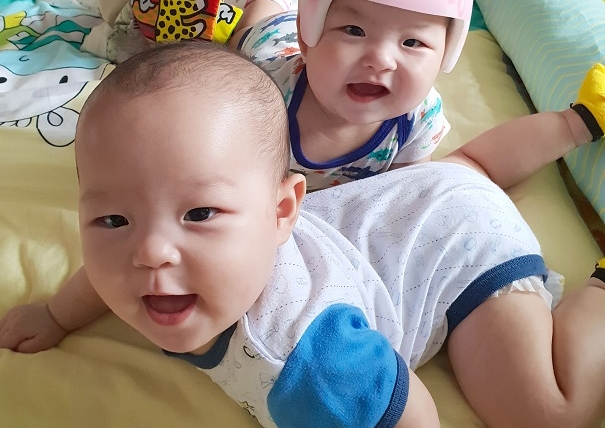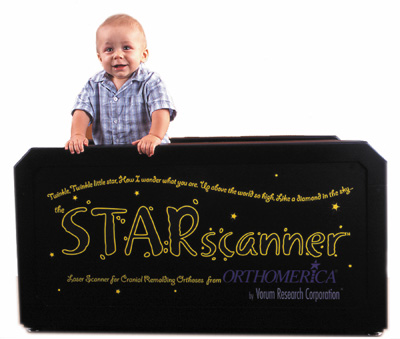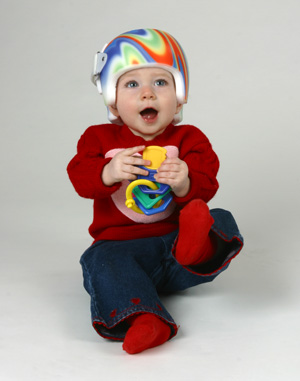Understanding STARband Cranial Helmets: A Guide for Parents Every parent wants to make informed and effective choices regarding their children’s health. If your pediatrician has mentioned cranial helmets, specifically the STARband helmet, here’s what you need to know about their role in shaping your infant’s future. The Need for Cranial Helmets Infants spend a significant amount of time on their…


